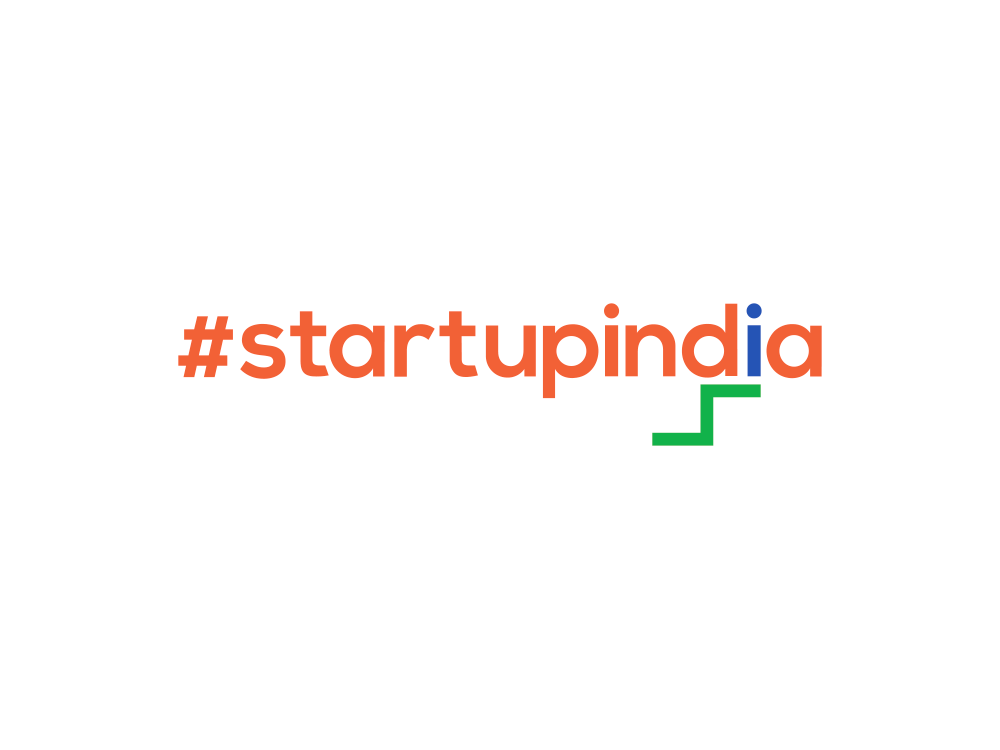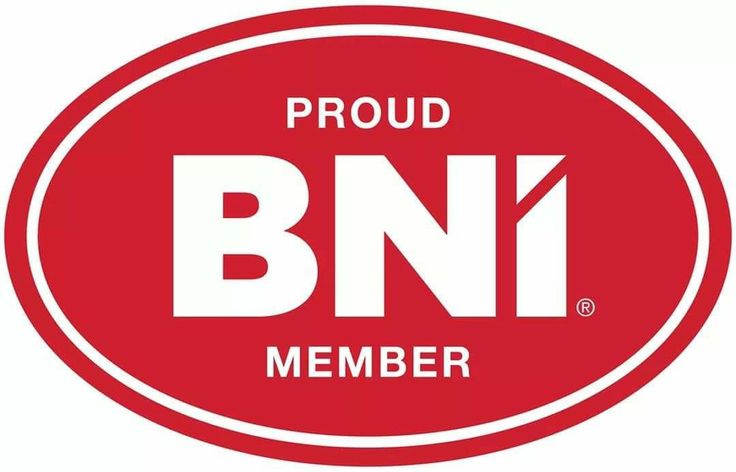Govatsa Dwadashi 2025 – Date, Significance, Rituals, and How to Worship the Cow and Calf
Govatsa Dwadashi, also called Vasu Baras in Maharashtra and Vagh Baras in Gujarat, marks the beginning of Diwali festivities in several parts of India. This sacred day is dedicated to worshipping cows (Go-mata) and calves (Vats)—symbols of nourishment, motherhood, and purity in Hindu tradition. Married women especially observe fasts and rituals to invoke blessings for family welfare, prosperity, and the well-being of children. In 2025, Govatsa Dwadashi will be celebrated on Friday, 17th October.
Govatsa Dwadashi 2025 – Date and Tithi
- Date: Friday, 17th October 2025
- Dwadashi Tithi Begins: 17th October at 6:34 AM
- Dwadashi Tithi Ends: 18th October at 4:41 AM
- Puja Muhurat: Between 4:30 PM and 6:00 PM (during Sandhya period or Gau puja time)
Why is Govatsa Dwadashi Celebrated?
- Cows are revered as Kamadhenu, the divine wish-fulfilling mother
- The day honors their role as nurturers, giving milk and sustaining generations
- In many traditions, this marks the first major Diwali ritual, symbolizing purity and auspicious beginnings
- It is also believed to be the appearance day of Lord Dattatreya, an incarnation combining the powers of Brahma, Vishnu, and Shiva
Spiritual Significance
- Go-mata is seen as the epitome of selfless service and divine motherhood
- Feeding and worshipping cows on this day is said to remove negative karmas, improve household harmony, and bless children’s growth
- Acknowledges human dependence on nature and animal welfare, reinforcing gratitude and reverence for the natural world
Govatsa Dwadashi Rituals and Fasting
Morning Preparations
- Clean the home and courtyard
- Create rangoli designs and cow footprints using natural colors or gomaya (cow dung)
- If accessible, bathe and decorate a real cow and calf with turmeric, kumkum, and flower garlands
Gau Puja (Cow Worship)
- Offer traditional foods such as wheat, gram, jaggery, water, and green fodder
- If real cows are unavailable, worship a clay or silver cow-calf idol at home
- Light a ghee lamp and chant mantras such as “Om Surabhyai Namah” or recite the Gau Mata Aarti
Fasting (Vrat)
- Women observe a partial or full-day fast, avoiding wheat, salt, grains, or spicy foods
- The vrat is broken in the evening after puja with milk, fruits, or satvik food
- The fast is especially observed for sons’ protection, household peace, and general prosperity
Regional Observances
- Maharashtra: Celebrated as Vasu Baras, marks the start of Diwali. Married women offer special prasad and decorate cow idols with turmeric and flowers
- Gujarat: Known as Vagh Baras, observed as a day to clear debts and set financial balance before Diwali
- Uttar Pradesh, Madhya Pradesh, Bihar: Observed mainly in Vaishnavite households as Govatsa Dwadashi
- South India: Less commonly observed as a festival, but cow worship (Gau Seva) is still highly respected
How to Celebrate Govatsa Dwadashi at Home
If you don’t have access to a live cow:
- Worship a clay or silver cow-calf idol with devotion and sincerity
- Offer banana, jaggery, wheat, and water as symbolic seva
- Light a lamp near the altar and chant cow protection mantras
- Prepare a simple prasad such as dry fruits, milk, or sweetened fruits
- Donate food or fodder to a nearby goshala (cow shelter)
- Teach children about the cultural value of Gau Mata and animal compassion
Book Pandit for Govatsa Puja or Vasu Baras Vrat Vidhi
BookMyPooja offers:
- Traditional Gau Puja or Vasu Baras Puja with regional customizations
- Marathi, Gujarati, Hindi, Telugu, and Kannada-speaking priests available
- Online or doorstep puja options with complete puja samagri kits
- Guidance for those who wish to perform the puja themselves with support
Visit www.BookMyPoojaOnline.com or call 9869 92 92 92 to book your Govatsa Puja.
Let this Govatsa Dwadashi usher in prosperity, purity, and divine blessings into your home.
Having doubts or want to book a pooja?
Fill out the form below and we'll get back to you soon





